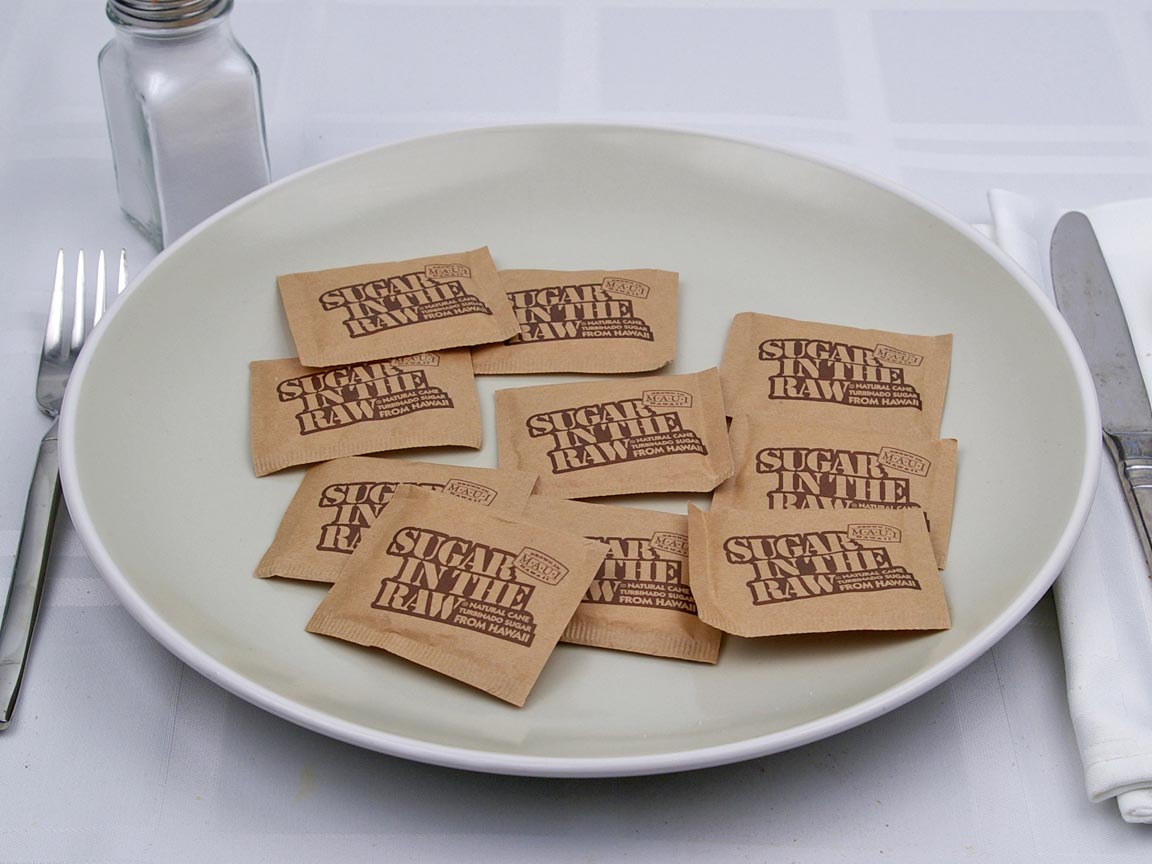
How Many Grams of Sugar Are in a Packet? The Ultimate Guide
Imagine yourself sitting at a coffee shop, enjoying a hot cup of joe. You reach for the sugar bowl, grab a packet, and tear it open. But have you ever stopped to wonder how much sugar is actually in that tiny packet?
Let me tell you, the answer might surprise you.
The Sugar Dilemma: Understanding the Basics
Before we dive into the specifics, let’s briefly touch on the basics. Sugar, a type of carbohydrate, is a primary source of energy for our bodies. However, excessive sugar consumption can lead to various health concerns, including weight gain, diabetes, and heart disease.
To avoid these potential risks, it’s crucial to be aware of your sugar intake. And that’s where knowing how much sugar is in a packet comes in handy.
Unveiling the Sugar Content: A Packet-by-Packet Breakdown
Now, let’s get to the heart of the matter. The amount of sugar in a packet can vary depending on the brand and the type of sugar used. However, the average sugar content in a packet is about 4 grams.
That might not seem like much, but consider this: many people add multiple packets to their drinks or use sugar in other ways throughout the day. This can quickly add up to a significant amount of added sugar.
Sugar Consumption Trends: A Growing Concern
According to recent studies, added sugar intake has been on the rise in recent decades. This trend is particularly concerning as it contributes to an increased risk of obesity, type 2 diabetes, and heart disease.
To combat this growing problem, many health organizations recommend limiting added sugar intake to less than 10% of total daily calories. For most adults, this translates to no more than 200-250 calories per day.
Tips for Reducing Sugar Intake: Empowering Choices
Knowing the amount of sugar in a packet is the first step towards reducing your sugar consumption. Here are a few practical tips to help you cut back:
- Choose unsweetened beverages: Opt for water, tea, or coffee without added sugar.
- Limit sugary treats: Reduce your intake of candy, pastries, and other sugary snacks.
- Use natural sweeteners: Replace refined sugar with natural sweeteners like honey, maple syrup, or stevia.
- Check food labels carefully: Read nutrition labels to assess the sugar content of packaged foods.
- Make homemade meals: Cooking at home allows you to control the amount of sugar you add to your meals.
By incorporating these tips into your daily routine, you can significantly reduce your sugar intake and improve your overall health.
FAQs: Answering Your Sugar-Related Queries
- Q: How many packets of sugar are in a teaspoon?
A: About 4 packets of sugar are equivalent to 1 teaspoon.
- Q: Is it okay to have a few packets of sugar in my coffee every day?
A: While occasional sugar consumption is generally acceptable, excessive intake can contribute to health problems. Aim to limit added sugar to less than 10% of your daily calories.
- Q: What are the health risks of consuming too much sugar?
A: Excessive sugar intake can increase the risk of weight gain, type 2 diabetes, heart disease, and other health conditions.
Conclusion: Making Informed Choices and Taking Action
Understanding how many grams of sugar are in a packet empowers you to make informed choices about your sugar consumption. By following the tips provided in this guide and reducing your intake to recommended levels, you can improve your overall health and well-being.
So, the next time you reach for that sugar packet, remember the information you’ve learned today. Make the choice to limit your sugar intake and enjoy a healthier, sweeter life.
Are you ready to take control of your sugar consumption and make healthier choices?

Image: www.ebay.com.au

Image: makeitdough.com
Aranciata Classic Orange Drink | Sanpellegrino® Fruit Beverages March 5, 2015 12:08 PM EST. T he World Health Organization issued guidelines Tuesday encouraging people to limit sugar intake to no more than 10% of the calories their daily diet. Keeping to the